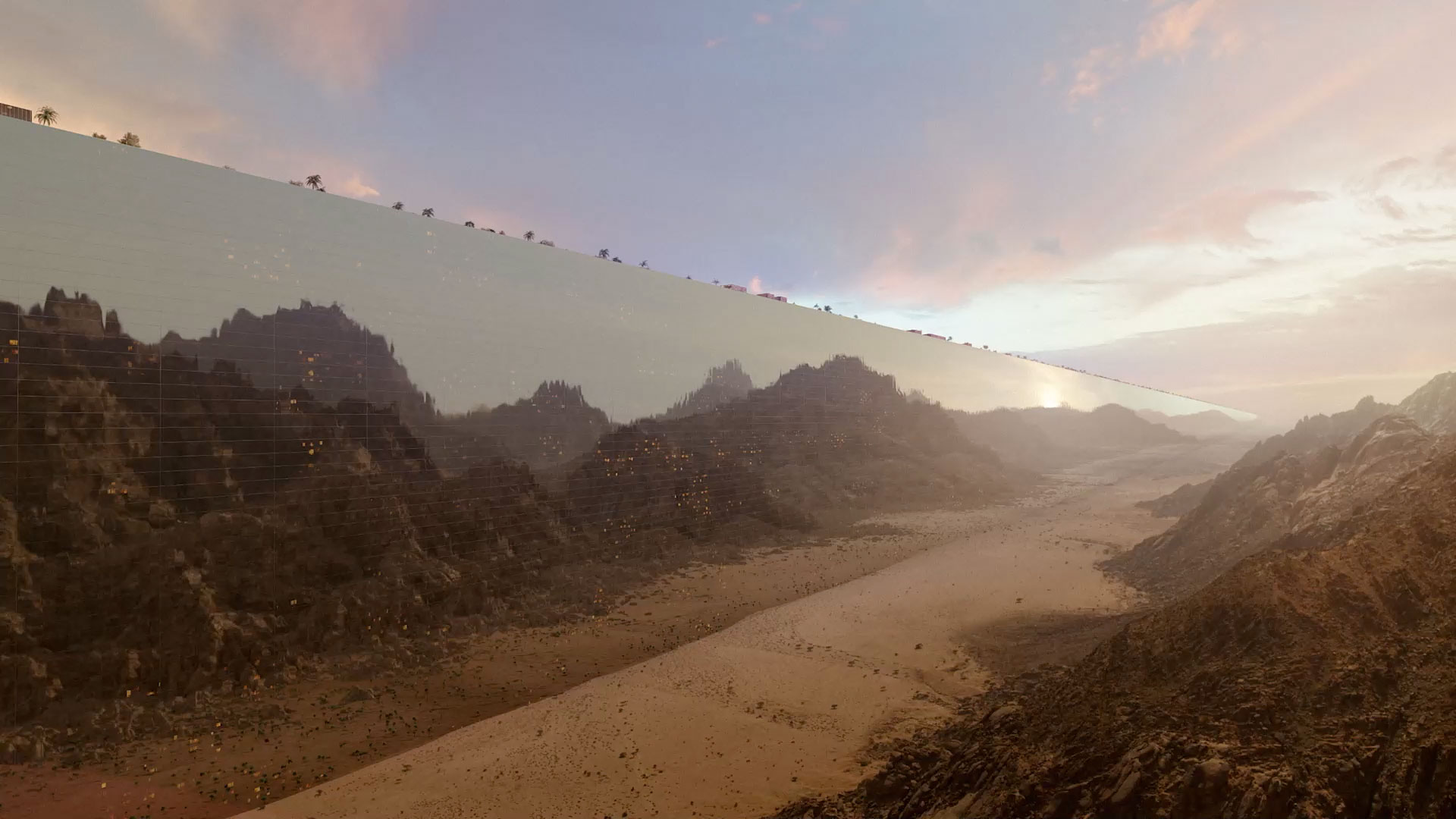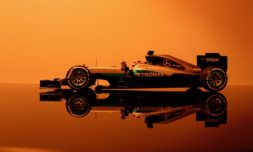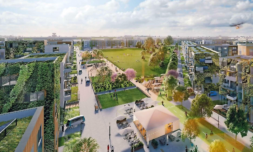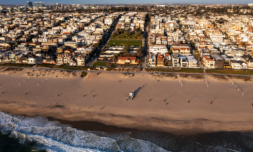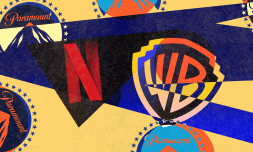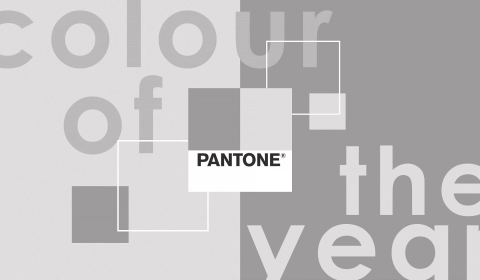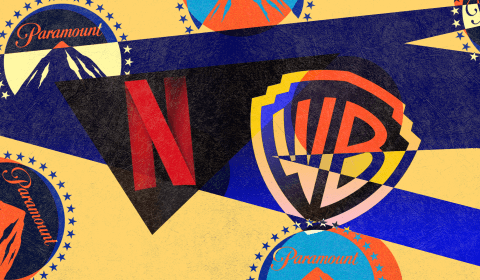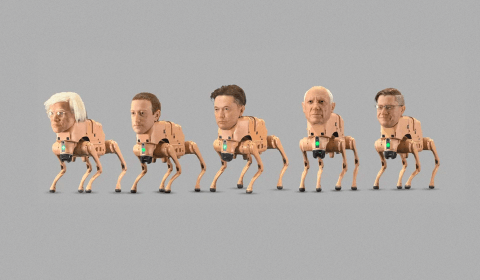The Line will cover 34 square kilometres of land, stretch 170km long (500m tall and 200m wide), and have the capacity to support 9 million residents who live, work, and enjoy leisurely activities within its structure.
At a glance, one might argue the city looks like a more condensed and self-sufficient version of Dubai, with business offices, stacked neighbourhoods, schools, vertical farms, parks, retail stores, stadiums and more – all connected by multiple bridges and dotted with greenery.
At either ends of The Line lie the ocean and the desert, with only a 20-minute distance between them. Stacking the city vertically reduces land use, but also provide residents with shorter commute times. An incorporated public transport system will completely eliminate the need for cars.
‘We cannot ignore the liveability and environmental crises facing our world’s cities, and Neom is at the forefront of delivering new and imaginative solutions to address these issues,’ said MBS. ‘Neom is leading a team of the brightest minds in architecture, engineering and construction to make the idea of building upwards a reality.’
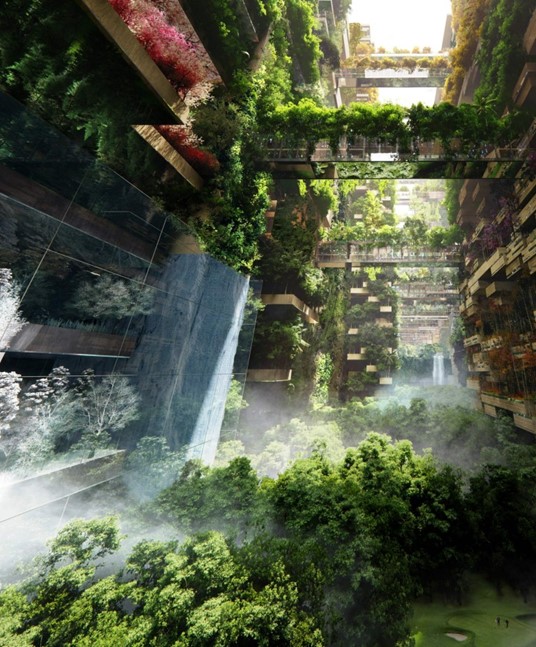
No big plans ever come without controversy, and The Line has already attracted negative attention from noteworthy publications such as the Wall Street Journal and The Guardian for the choice of its location.
The desert end of the structure is reportedly home to local tribes who initially protested against making way for the megacity. While Saudi Arabia’s reputation hasn’t exactly been squeaky clean when it comes to human rights, MBS attracted glares from around the globe after he coined The Line his ‘pyramids’, forcing the community to relocate.
Further news emerged of key NEOM employees leaving the company in light of overspending and slow progress, as the project has already exceeded its proposed budget of USD $500 billion for its completion. Currently, projected estimates sit at USD $1 trillion.
Still, over the last few years, Saudi Arabia has been working to reinvent itself to become more appealing to foreign investors, businesses, and tourists. The wealth held by the nation is hardly fathomable by us normies, and with financial help from crypto-kings and other contributors, The Line is expected to be completed by 2030.
Whether you think this city sounds like a utopian paradise, a dystopian Netflix plot, or simply a still-standing cruise ship, well, I’d love to know. Whatever your opinion, it looks like Saudi Arabia is determined to change the way we approach building our cityscapes.
In the meantime, you can check out more rendered photos of The Line here.









